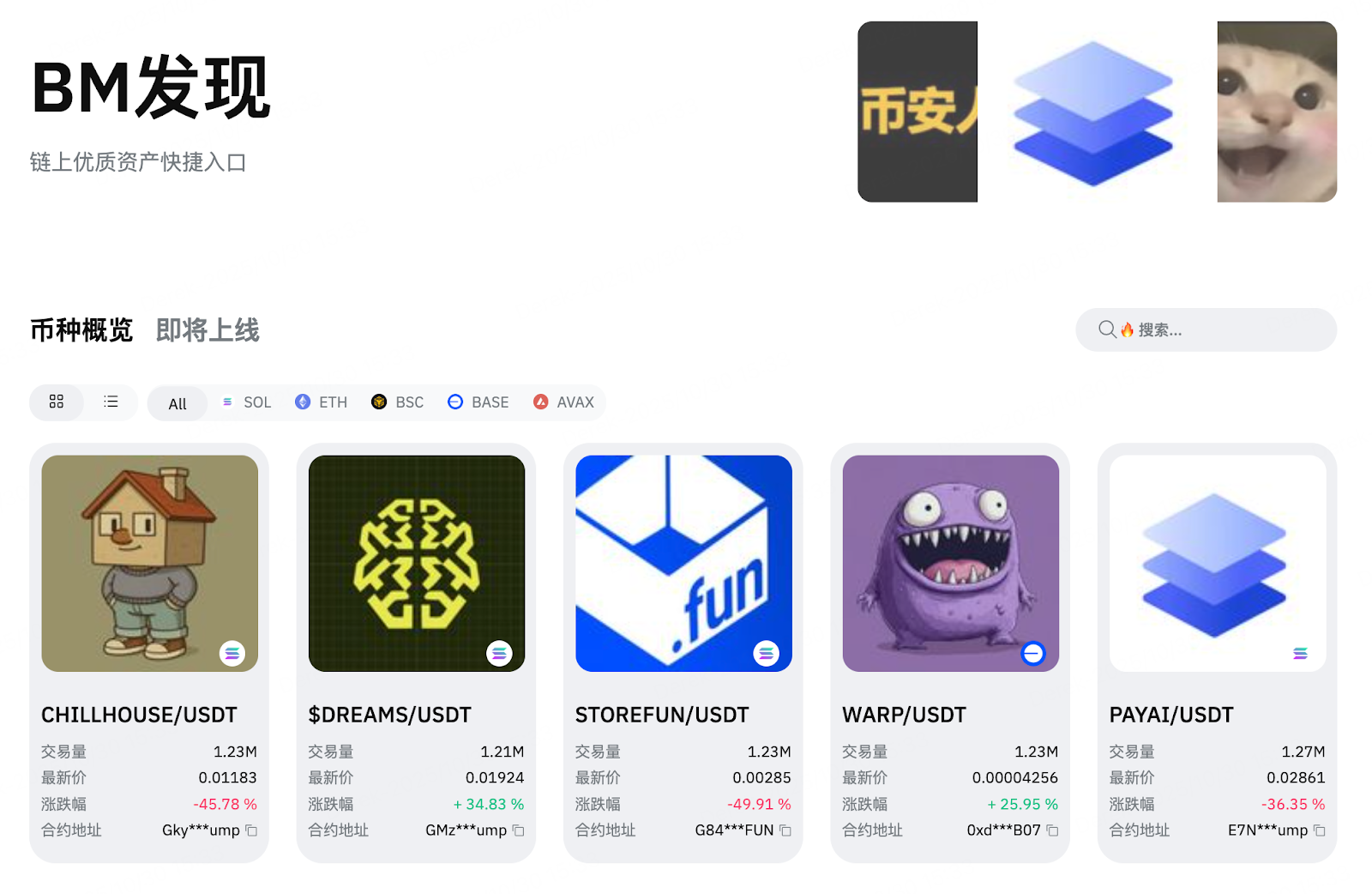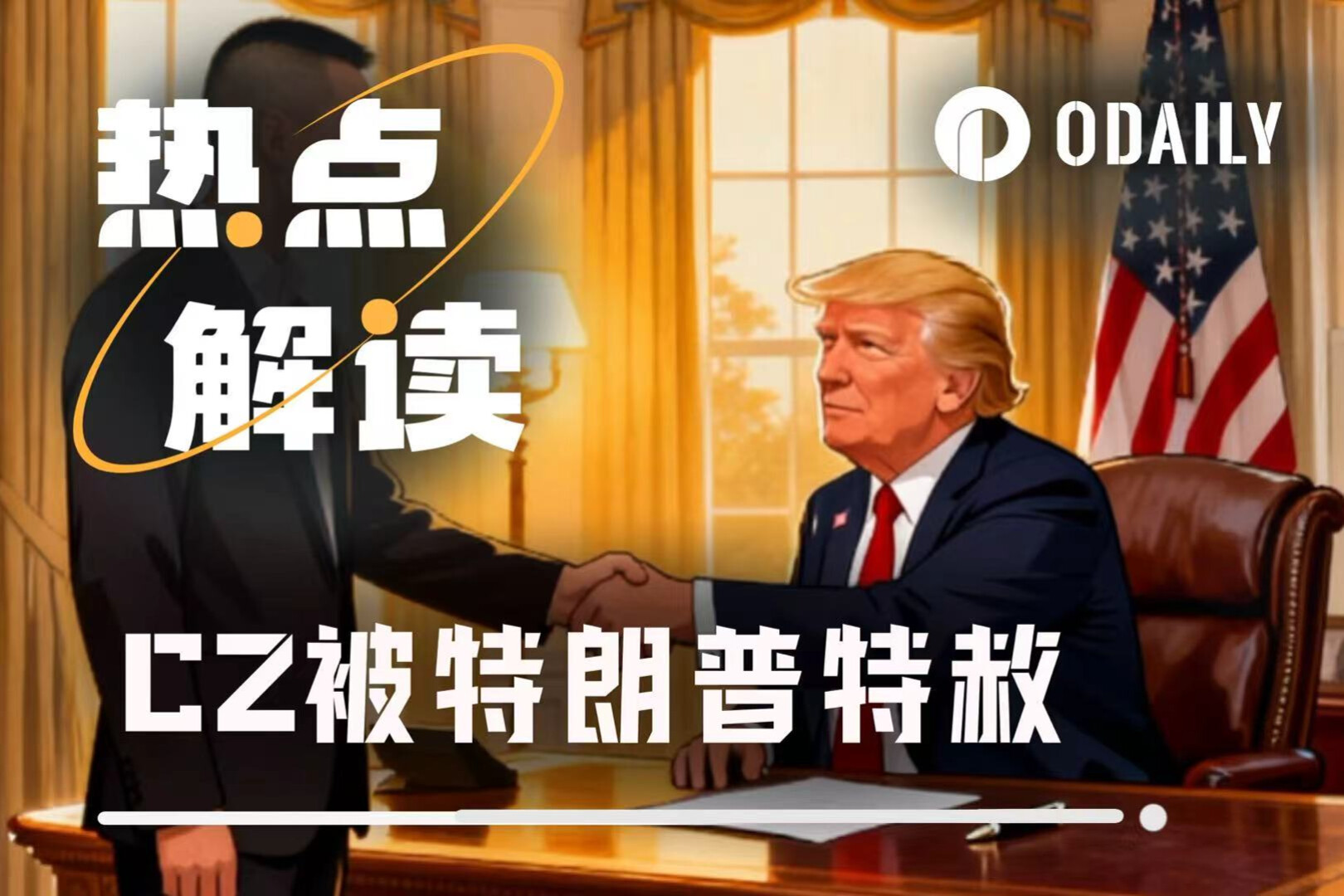The crypto market in 2025 always manages to surprise us.
Just when the market thought all the narratives had been exhausted, a seemingly obscure technical term suddenly appeared on the trending lists of major online communities: x402.
Within just one week, related ecosystem tokens collectively surged in value, and developer forum activity skyrocketed. Some call it the beginning of a "machine payment revolution," while others call it "the final piece of the AI agent economy puzzle."
Regardless of the definition, x402 has indeed become the next focal point in the crypto world.
From "AI stalling" to "machine payment": X402 ignites a new cycle
Over the past year, the combination of AI and cryptography has become almost the default narrative in the industry. Whether it's AI agents, AI on-chain inference, or data labeling networks, the market seems to be looking for a breakthrough in the integration of "AI + Crypto".
However, as the AI concept faded in the first half of 2025, people discovered a deeper problem: no matter how smart AI is, it cannot participate in economic activities independently.
An AI agent can write code, crawl data, and execute instructions, but when it encounters a scenario that requires payment—such as calling an API, purchasing computing power, or downloading a data package—it gets stuck. This is because the existing payment system is designed for "humans," not "machines."
This is precisely the significance of the x402's existence.
If HTTP allows information to be freely transferred, then what x402 aims to do is allow value to be freely transferred between machines.
For decades, the internet communication standard has been defined by HTTP, and the "404 Not Found" status code has become a shared memory for internet users worldwide. However, the "402 Payment Required" status code has never actually been used.
Until 2025, Coinbase launched the x402 protocol, an open payment standard based on HTTP 402, at its developer conference.
A status code that had been forgotten for thirty years has finally been resurrected in the crypto world.
What exactly is x402: The payment revolution behind a single status code?
Simply put, x402 is a protocol that teaches AI to "spend money" on its own.
When an AI agent accesses a paid interface (such as a data API, model service, or content resource), the server returns an HTTP 402 response indicating "payment required." The response includes payment details such as price, currency, and payment address. Upon receiving the response, the agent automatically completes the encrypted payment (usually USDC), and after successful verification, access to the resource is granted.
This process does not rely on traditional banks, requires no human intervention, and necessitates no centralized payment gateway. Settlement is completed at the protocol layer, making it fast, secure, and automated. More importantly, it is naturally suited for micropayments. The transaction fees and confirmation delays of traditional payment systems make a "one-time transaction of $0.001" virtually impossible. However, in an on-chain environment, combining Layer 2 and stablecoins, x402 allows for instant settlement of every API call and every computational effort. This means that economic activities between machines finally have a low-level language.
In its documentation, Coinbase described x402 as enabling the machine economy to have native payment capabilities for the first time, allowing every agent to securely pay for themselves. This seemingly ordinary statement marks a true watershed moment in the integration of AI and crypto.
From AI agents to the machine economy: Why the x402 is more "hardcore"
The reason why the x402 stands out amidst the "AI concept craze" is that it is not just a new story, but an upgrade at the standard level.
Compared to the previous AI+Crypto project, x402 has stronger sustainability and ecosystem reusability.
1. From Application Narrative to Protocol Revolution
In 2024, the AI race was about who could create the smartest agents. By 2025, the question has shifted to: can these agents trade, collaborate, and settle accounts with each other? The former is a competition at the "intelligence layer," while the latter is the infrastructure development at the "economic layer."
x402 is located on the second floor.
2. Lower cost and faster implementation
Developers can integrate the x402 interface at extremely low cost—just a few lines of code are needed to enable payment functionality in their applications. It is compatible with HTTP standards, supports multi-chain settlement (currently primarily based on Base), and requires no complex smart contract development. This "lightweight integration" characteristic means that Web2 companies can quickly test the waters of Web3 payments.
3. Greater ecological potential
The x402's design is not limited to AI. It can be integrated into any internet scenario that requires dynamic payment: API calls and data authorization, content subscriptions and pay-per-use, computing power rental and IoT device settlement, machine-to-machine (M2M) micropayments. Structurally, the x402 is like a payment bus tailor-made for the future machine economy. It allows every connected device to have the opportunity to become an "economic entity."
This is why the industry generally believes that x402 is not only a protocol, but also a key step in "teaching the internet how to make money".
How can ordinary users seize the investment opportunity of x402?
Ultimately, x402 represents a technological revolution, but not everyone has the opportunity to participate in the protocol's development and ecosystem building. For ordinary market users, the most direct way to benefit is quite simple—seize opportunities in emerging cryptocurrencies. Historically, the birth of each underlying standard has spawned a new narrative cycle.
Whether it's ERC-20 for Ethereum or BRC-20 for Bitcoin, early ecosystem projects often generate significant wealth. This time, x402, as the underlying standard for the "machine payment" sector, is replicating this early window of opportunity.
In other words, ordinary users don't need to study protocol details, set up payment nodes, or participate in infrastructure construction—these are too high a barrier to entry and the return cycle is too long. The most practical approach is to focus on the core tokens in this sector that are being validated by the market and attracting investment.
So how do we choose? We can approach it from two dimensions:
First, the data from the research project itself.
Observe whether the ecosystem projects have truly adopted the x402 protocol and whether they have stable transaction activity, API usage, and developer growth.

Second, leverage the discovery mechanisms of established exchanges.
Not every user has the time to delve into a project's technical documentation, and some leading exchanges are already doing this kind of screening for their users.
For example, BitMart's BM Discovery Zone recently focuses on emerging narratives related to AI and machine payments, with many of the cryptocurrencies featured being early representatives of the x402 concept. For ordinary investors, this type of zone is like a "curated pool"—helping users quickly identify potential targets in the early stages of a new sector.
Simply put, the most realistic money-making logic for ordinary users is: recognize the trend, choose the right track, and buy the right coin.
The story of the x402 is far from over, and this is precisely the starting point for the strategic layout.
Future Outlook: From Speculative Frenzy to Value Reversion
Looking back at the entire history of the Internet, almost every protocol-level innovation has changed human economic behavior.
HTTP allows information to flow freely globally; HTTPS makes transactions secure and reliable; and x402 is making payments a default capability on the internet. This is not merely technological evolution, but a turning point in the logic of the internet economy.
In the past, we completed business loops through advertising, platform intermediaries, or centralized payments. In the future, when AI, APIs, and IoT devices can settle accounts autonomously, the flow of value will be as natural as the flow of information. In this sense, x402 is not a project, but a consensus. It defines the smallest unit of payment in the machine economy, allowing AI not only to "think" but also to "pay the bill." Perhaps a few years from now, when we look back at 2025, we will find that this is just a small technological update; but just as HTTP enabled the Web to move from static pages to a dynamic network.
The emergence of the x402 may well mark the beginning of the machine economy era.
- 核心观点:x402协议开启机器经济支付新纪元。
- 关键要素:
- 基于HTTP 402状态码实现机器自主支付。
- 支持微支付与多链结算,成本低落地快。
- 为AI、IoT等机器经济提供底层支付标准。
- 市场影响:推动AI与加密融合,催生新投资赛道。
- 时效性标注:长期影响



